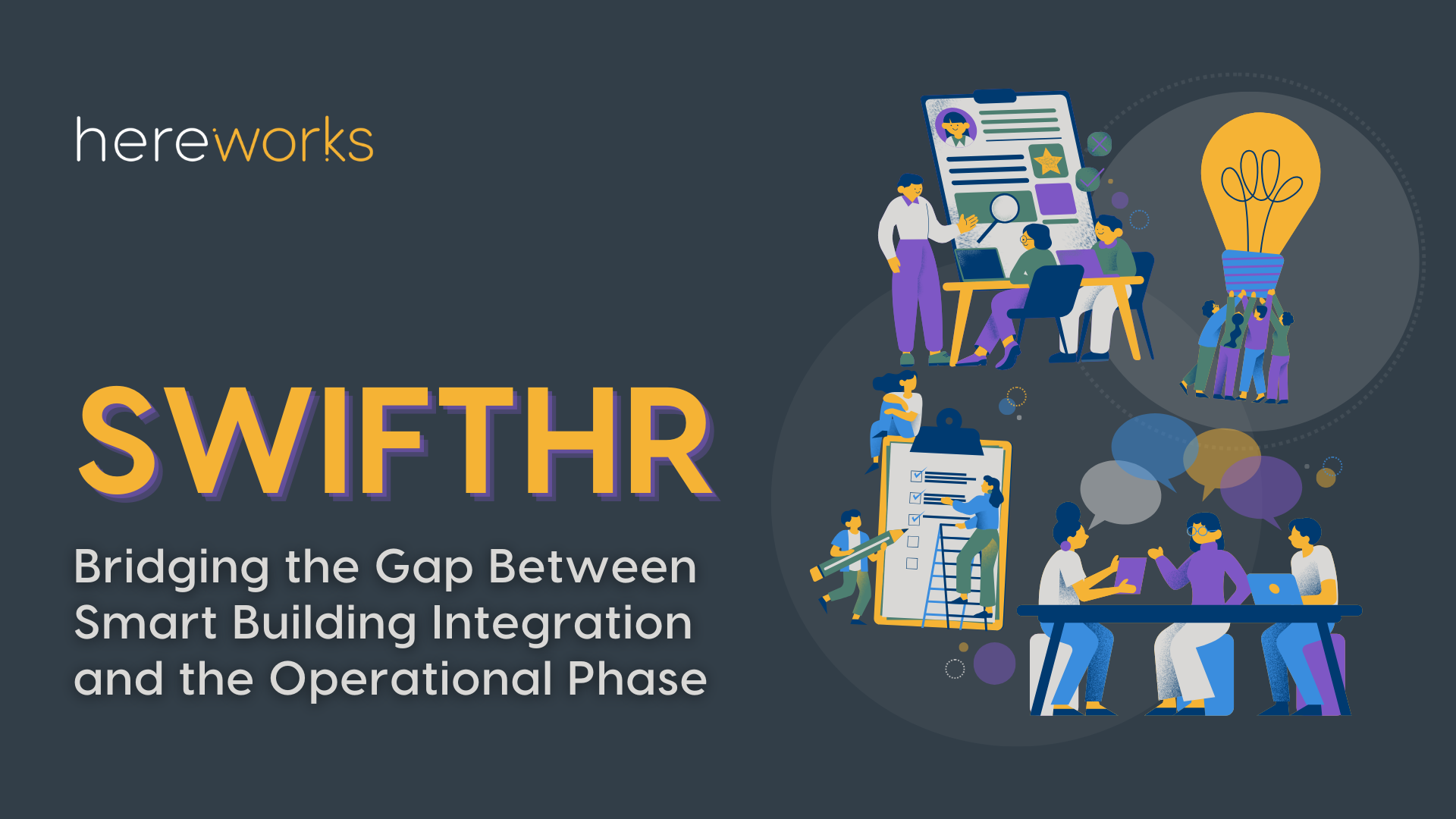
The Modern Workplace is Now.
How do Facilities teams make people in the building happier and more engaged?
Planning the desired workplace has happened reactively.
The world of work has faced a watershed. As workforces have been hastily redistributed in every industry and region, you’ve been compelled to reimagine the modern workplace – where it is, what it looks like and, most importantly, who it’s for. However, this planning of the desired workplace has happened, in large part, reactively and many miss going to a place where they can connect with colleagues for ideation and problem-solving, meeting clients or social interaction. This very human aspect of work is fundamental to wellbeing and productivity. Your strategic discussions on the workplace are guided by an understanding of what your employees value – more autonomy and control over their time, their environment, and the flexibility to do the right work in the right places.
Buildings are for the people in them.
Who is the modern workplace for? It may sound obvious, but buildings are for the people in them. To attract and retain talent and ensure long-term success, you have been compelled to rethink workplace strategies from several angles – employee productivity and wellbeing, intelligent workplace technologies and digitisation, physical spaces that support activity-based working – all with a view to shaping employee experiences that ultimately contribute to productivity and profitability. Each role in your organisation is now partly defined by its suitability for remote working. This presents an opportunity to expand your employee value proposition, develop your employer brand and attract a more diverse group of people – from full-time employees to gig workers, across generations and cultures – with a new way of working.
What do people want from an office building now? Workouts, vibes and ‘we’ space.
Your employees have come to expect that their office provides amenities that allow them to nurture mind, body and soul. A meeting becomes an experience in the vibey coffee bar; a gym encourages a lunchtime workout; and the town hall space enables group-wide immersion in your culture.
Alongside these ‘we spaces’ people expect more elbow room at their ‘me space’, meaning that hot-desking and occupancy strategies must be carefully planned in the context of mitigating the spread of illness. Healthy building design and operation is now a driver of your Real Estate and Facility Management KPIs and in parallel your IT and HR teams must aim to meet the occupational, physical, social, environmental, and intellectual needs of building occupants.
All of this means that measuring real estate performance has changed from building-centric to human-centric metrics. Instead of simply measuring, say, room occupancy the new metric could be space optimisation. You must now interpret the building’s data to produce a narrative about the experience of the humans using it, taking account of their specific evaluative criteria. You can then use this information to improve the experience of your physical real estate and leverage this to augment your employer brand and attract the best talent.
How to foster joined-up thinking in a distributed team?
Your FM team must endeavour to deliver a strategic workplace vision that empowers and connects customers and employees. The collaboration tools they use must connect seamlessly, across any number of devices, anywhere in the world. If you allow for greater flexibility and choice, you will make sure people have the tools they need to succeed in their roles, and can pick up and work from anywhere. IT has a critical role to play, as technology and digital platforms enable a distributed way of working. Technology orchestrates the way people work together and plan how to make the most of their time spent in the office. This means that stronger partnerships and joined-up thinking is happening between the CRE, IT and HR teams. Technology that connects on-site employees to remote employees allows you to optimise your two most expensive and valuable assets – real estate and people.
Take it a step further with your Master Systems Integrator
Your MSI provides a common data view for the systems in your building, campus or enterprise, a design for compatibility and coordination between the hardware and IoT devices in the building, and an interface between the data lake/system and the humans in the building. The MSI integrates the systems and connects them to the building stakeholders to provide relevant information and control. During the pre-construction phase of your fit out your MSI collaborates with the Main Contractor and the M&E Engineer to find synergies that allow you to proactively plan your modern workplace.
Get in touch with Paul.McKenna@hereworks.ie to find out more about connecting solutions and people.
Categories
Share this article
Feature Posts





